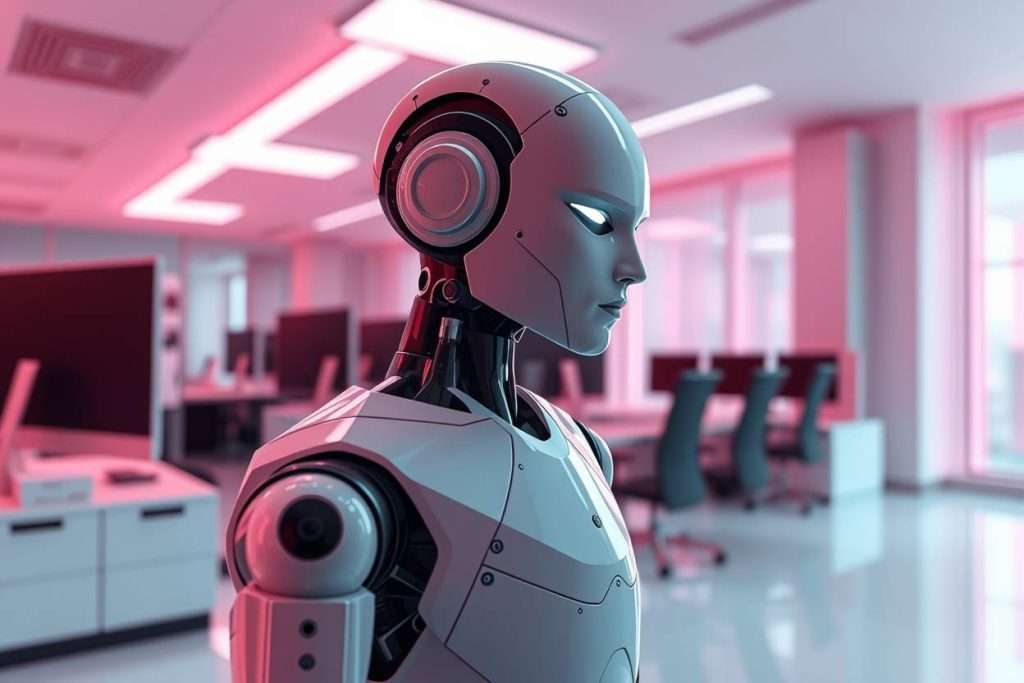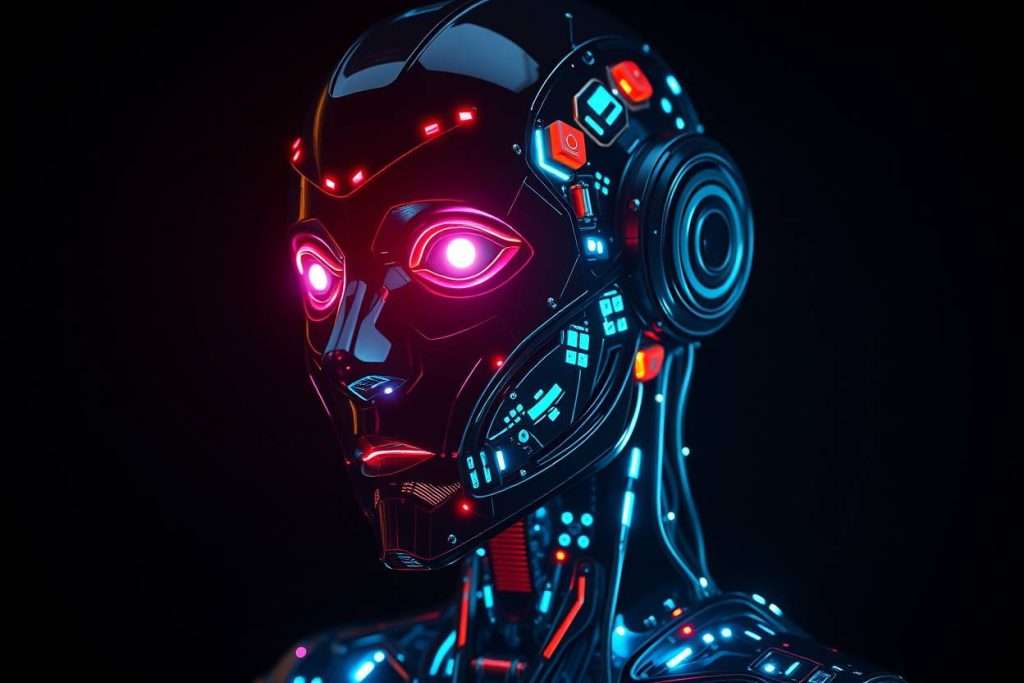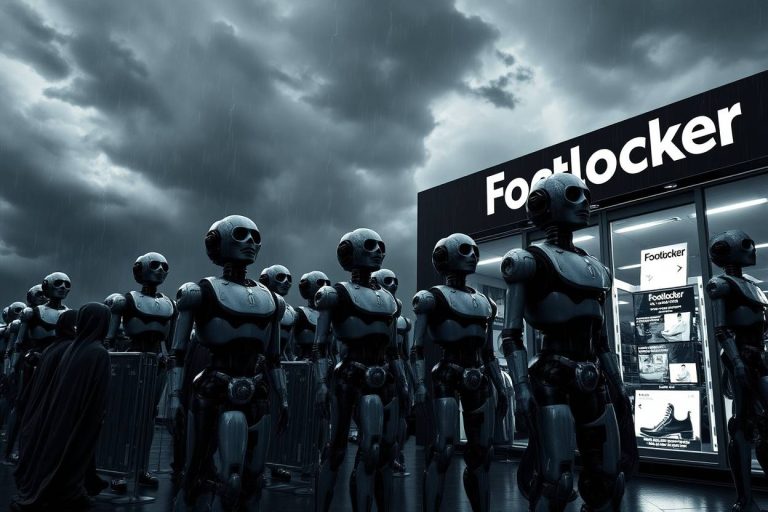Agentic AI vs. Generative AI: A Practical Guide to the Key Differences

The terms “Agentic AI” and “Generative AI” are often used interchangeably, but they represent two distinct and fundamentally different capabilities. Generative AI is a technology that creates new content, while Agentic AI is a system that takes autonomous actions to achieve a goal.
Understanding the difference between Agentic AI vs. Generative AI is critical for any business leader. While generative tools can improve task efficiency, agentic systems can automate entire business processes, offering a far greater potential for transformation and ROI. This guide provides a practical analysis of their core differences, how they work together, and how to choose the right one for your business needs.
What Is the Core Difference Between Agentic AI and Generative AI?
The primary difference between these two AI technology categories lies in their fundamental purpose and operational approach: one functions as an intelligent creator, while the other operates as an autonomous executor.
What is Generative AI?
Generative AI is a type of artificial intelligence that creates new, original content—such as text, images, videos, or code—based on patterns and relationships it learned from massive training datasets during its development phase.
• Core Function: Content creation and synthesis
• Analogy: It’s like a brilliant but passive consultant. You can ask it to write a comprehensive market analysis report, design a product mockup, or generate personalized email campaigns, and it will deliver high-quality outputs. The generated content itself represents the final deliverable.
• Key Characteristic: Responds to prompts with creative outputs but lacks autonomous goal-pursuing behavior
What is Agentic AI?
Agentic AI is a type of artificial intelligence system that can autonomously plan, reason, and execute a sequence of coordinated actions to achieve specific business objectives without requiring step-by-step human guidance.
• Core Function: Task execution and process automation
• Analogy: It’s like an active project manager combined with a skilled workforce. You give it the objective “compile a comprehensive competitor analysis report,” and it autonomously performs all necessary actions—searching the web, analyzing data, synthesizing findings, creating visualizations, and formatting the final document—to produce the complete outcome.
• Key Characteristic: Operates independently toward goals, making decisions and adapting strategies based on real-time feedback
Agentic AI vs. Generative AI: A Side-by-Side Comparison
This comprehensive table provides a detailed breakdown of the key distinctions between these two transformative AI technologies.
| Feature | Generative AI | Agentic AI |
|---|---|---|
| Primary Role | Creator (Generates content from prompts) | Executor (Completes end-to-end processes) |
| Core Process | Takes a prompt → Processes patterns → Creates output | Receives goal → Creates plan → Takes actions → Adapts strategy |
| Interaction Mode | Passive (Waits for specific commands) | Proactive (Works autonomously toward objectives) |
| Tool Usage | None (Self-contained generation) | Extensive (Uses APIs, databases, web browsers, software applications) |
| Decision Making | Limited to content choices | Full autonomous decision-making within defined parameters |
| Business Application | Task Augmentation (e.g., writing emails, creating designs) | Process Automation (e.g., managing sales pipelines, customer onboarding) |
| Workflow Scope | Single-step content creation | Multi-step process coordination |
| Adaptability | Static response to prompts | Dynamic adaptation based on real-time conditions |
| ROI Measurement | Individual productivity gains (40-60% task efficiency) | System-level cost reduction (10-15% operational savings) |
How Do These Two Types of AI Work Differently?

While both technologies often utilize Large Language Models (LLMs) as their core reasoning engine, their operational processes and execution patterns are fundamentally different in scope and complexity.
How does Generative AI work?
The process follows a linear, self-contained workflow focused on content synthesis.
- Input: It receives a specific prompt from a user (e.g., “Write a blog post about the benefits of cloud computing for small businesses”).
- Processing: It uses its internal LLM to process the prompt, analyze patterns from training data, and predict a statistically probable sequence of words, images, or other content that satisfies the request.
- Output: It generates the requested content based on learned patterns. The process concludes here with content delivery.
Example Workflow: User prompt → Pattern recognition → Content generation → Final output delivery
How does Agentic AI work?
The process follows a cyclical, interactive workflow that resembles human problem-solving approaches.
- Goal: It receives a high-level objective from a user (e.g., “Publish a comprehensive blog post about cloud computing benefits for small businesses”).
- Plan: Its LLM decomposes this goal into a detailed action plan:
• Research recent cloud computing trends and case studies
• Analyze competitor content for gaps and opportunities
• Draft the blog post with SEO optimization
• Source relevant images and data visualizations
• Publish to the company blog and distribute via social channels - Act & Observe: It executes each step using available tools (web search APIs, content generators, CMS platforms, social media management tools), observing outcomes and adjusting its approach. This “Reason-Act-Observe” loop continues until the complete goal is achieved.
Example Workflow: Goal definition → Strategic planning → Tool selection → Action execution → Result evaluation → Strategy adjustment → Goal completion
How Do Agentic AI and Generative AI Work Together?
Agentic AI represents an evolutionary advancement that incorporates Generative AI as a critical component rather than replacing it entirely. This integration creates more powerful and versatile business solutions.
An agentic system frequently uses generative models as specialized tools within its broader operational framework. For example, in the “publish a comprehensive blog post” objective:
• The Agentic System serves as the overall project manager that creates the strategic plan, coordinates workflow steps, and ensures goal completion
• The Generative AI (LLM) functions as a specialized tool the agent calls upon to complete specific tasks like “Draft the blog post content” or “Create social media promotional copy”
• Additional Tools include web research APIs, image generation services, content management systems, and analytics platforms
This symbiotic relationship enables businesses to achieve both creative content quality and autonomous process execution, maximizing operational efficiency while maintaining output standards.
What Are the Key Differences in Business Applications and ROI?
The business value proposition of each technology addresses different organizational needs and delivers distinct types of return on investment. Recent adoption patterns show generative AI leading in immediate implementation, while agentic systems represent the next major transformation phase.
What are the primary business use cases for Generative AI?
Generative AI excels at task augmentation, making individual employees significantly more efficient and creative in their daily work.
Content Creation Applications:
• Drafting marketing copy, social media posts, and email campaigns
• Writing code, technical documentation, and user manuals
• Creating visual designs, product mockups, and presentation materials
• Summarizing meeting transcripts, research reports, and industry analysis
Information Synthesis Applications:
• Answering complex business questions by synthesizing knowledge from training data
• Creating personalized customer communications and support responses
• Generating data visualizations and analytical reports
• Producing training materials and educational content
ROI Metrics: The return on investment is typically measured in employee productivity gains (40-60% improvement in content creation tasks), time saved on routine activities, and enhanced creative output quality. Organizations report average productivity increases of 25-35% for knowledge workers using generative AI tools.
What are the primary business use cases for Agentic AI?
Agentic AI is specifically designed for comprehensive end-to-end process automation that requires decision-making, adaptation, and coordination across multiple systems.
Workflow Automation Applications:
• Customer onboarding processes from initial contact to service activation
• Supply chain management including inventory optimization and vendor coordination
• IT support ticket resolution from diagnosis through problem resolution
• Financial reporting and compliance monitoring across multiple data sources
Autonomous Operations Applications:
• Sales pipeline management including lead nurturing and opportunity progression
• Continuous market research with competitive intelligence gathering
• Dynamic advertising campaign optimization across multiple platforms
• Quality assurance monitoring with automated corrective actions
ROI Metrics: The return on investment is measured in system-level cost savings (10-15% operational cost reduction), increased operational capacity without proportional staffing increases, and dramatically reduced error rates. According to Boston Consulting Group research, companies successfully scaling AI automation achieve an average 12% decrease in operational costs while improving service quality metrics by 20%.
Conclusion: From Content Creator to Autonomous Worker

The difference between Agentic AI vs. Generative AI represents the evolution from AI as a tool to AI as a workforce member. Generative AI provides powerful capabilities that augment human creativity, efficiency, and productivity across individual tasks and creative processes. Agentic AI delivers autonomous workers capable of managing entire business processes, executing complex workflows from initial planning through final completion.
While both technologies are powered by the same underlying advances in large language models and machine learning architectures, their strategic business value and implementation approaches are fundamentally different. The future of AI in enterprise environments is not a binary choice between these technologies, but rather a strategic synthesis of both: intelligent, autonomous agents that leverage powerful generative models to not only plan and coordinate their work, but to execute it with levels of creativity, precision, and sophistication that were unimaginable just a few years ago.
Organizations that understand these distinctions and implement both technologies strategically will gain significant competitive advantages through enhanced operational efficiency, improved creative capabilities, and the ability to scale complex business processes without proportional increases in human resources or operational complexity.




